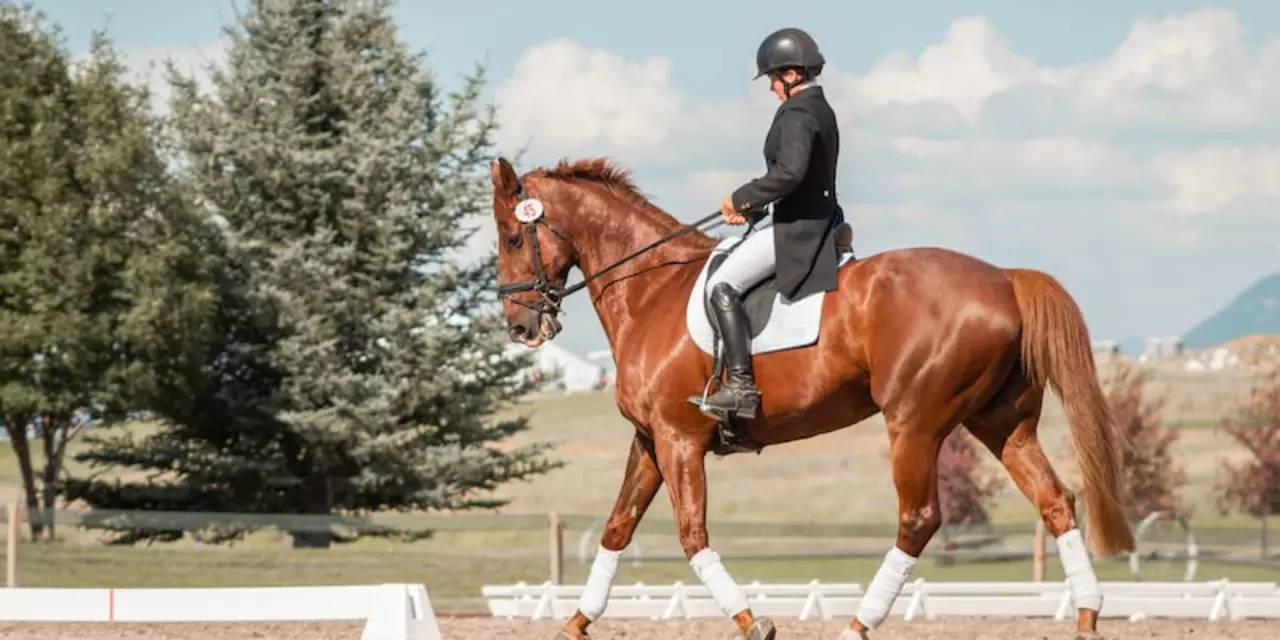Horse Riding Tips: Ride Comfortably Every Time
Ever wondered why a ride that should feel great ends up hurting your back or hips? Most of the time it’s not the horse – it’s the gear or the way you’re sitting. Below are simple changes you can make today to turn an uncomfortable ride into a smooth, enjoyable experience.
Check Your Saddle Fit First
The saddle is the first thing that can cause discomfort. A saddle that’s too narrow squeezes your thighs, while one that’s too wide pushes your hips out of alignment. To test the fit, sit in the saddle with both feet in the stirrups. You should feel even pressure across the seat and a small gap of about an inch behind your knees. If you notice pinching or if the saddle rocks side‑to‑side, it’s a sign you need a new fit. A professional saddle fitter can adjust the tree, pads, or even recommend a different style that matches your body shape.
Stirrup Length and Position Matter
Stirrup length is more than a comfort issue; it’s a balance issue. If the stirrups are too long, you’ll slide forward and put extra strain on your lower back. Too short and you’ll be pulled up, making it hard to absorb the horse’s movement. A quick rule is: when you’re seated, your leg should create a slight bend at the knee, with the ball of the foot resting on the stirrup. Adjust them while the horse is standing still, then take a short trot to see how it feels. Small tweaks can make a huge difference.
Posture is the next big factor. Many riders think “leaning forward” gives better control, but it actually throws your center of gravity off‑balance. Keep your shoulders relaxed, elbows soft, and look straight ahead. Imagine a gentle “C” shape from your head down to your tail – that curve helps you stay centered and reduces pressure on the lower back.
Ride duration and pace also play roles. Riding for hours without a break can fatigue any rider, even with perfect equipment. Plan short breaks every 45‑60 minutes, especially on longer rides. Stretch your legs, shake out your shoulders, and check your saddle and stirrups again. If you’re riding fast, make sure you’re not tensing up; a relaxed core absorbs the horse’s motion better.
Finally, listen to your body. If a certain ride feels sore, don’t push through it. Note what felt wrong – was the saddle shifting? Were the stirrups too long? Use that info to tweak your setup for the next outing. Over time you’ll develop a feel for what works best for you and your horse.
Putting these tips into practice doesn’t require a complete overhaul. Start with the saddle fit, adjust your stirrups, check your posture, and take regular breaks. You’ll notice the difference on your very next ride – less pain, more confidence, and a stronger bond with your horse.

Riding a horse can be an enjoyable experience, but it can also be uncomfortable. The saddle is the main source of discomfort, as it is designed to fit the horse’s body, not the rider’s. Poor saddle fit can cause the rider to be unbalanced and cause pain, especially on long rides. Improperly adjusted stirrups can also cause discomfort by trapping the rider in an unnatural position. Other factors that can contribute to discomfort are riding for too long, riding at a fast pace, and riding with incorrect posture. With careful attention to equipment and technique, however, it is possible to have a comfortable and enjoyable ride.
Read more
